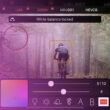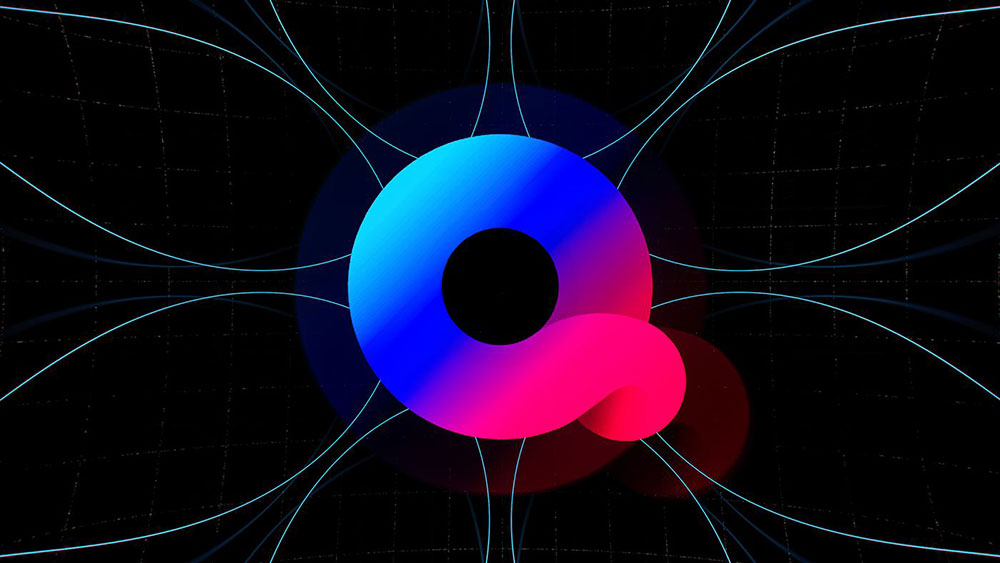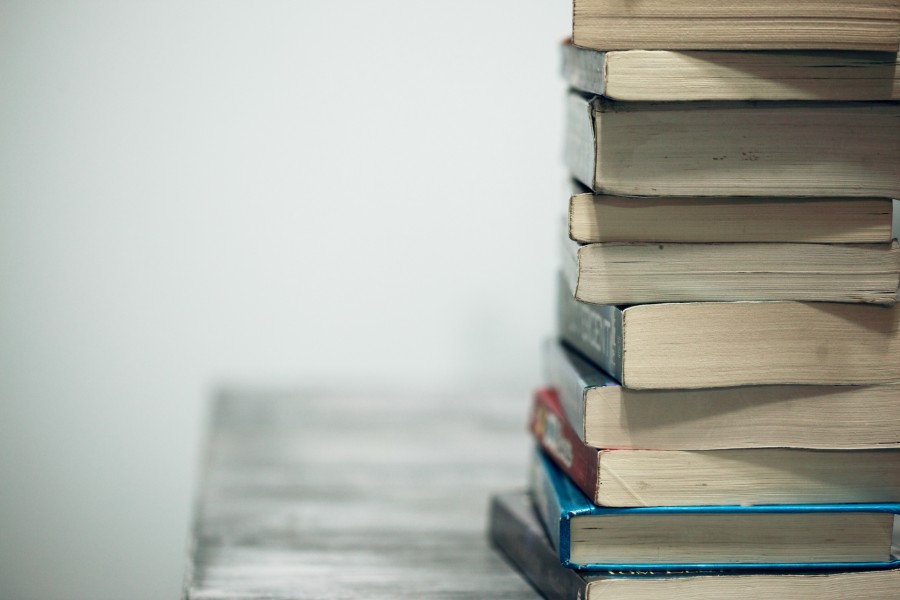Apps are becoming increasingly valuable to consumers, driving up mobile app revenue potential. This makes the market harder and harder to infiltrate, especially with evolving app monetization tactics.
Delivering an end product that is useful to users and keeps them engaged is the main focus and goal of any app. However, monetization strategies, including SaaS and various app pricing models, are crucial facets to consider within your business plan.
Pricing a digital product, especially a B2C app, should never be overlooked. It is essential to make a careful determination of the price, taking into account internal and external factors like target market, goals, competitor pricing, and economic trends.
This will help to build a profitable, successful, and scalable mobile app or digital product. A well-planned pricing strategy can have a positive impact on customer lifetime value and average revenue per user (ARPU).
The business plan should include a comprehensive pricing strategy and potential revenue streams. It’s also essential to delve into consumer psychology and market segmentation. Overlooking this aspect of the process could impact your ROI (Return on Investment) negatively.
This article will explore how to choose the best pricing strategy for mobile app development services, which is one of the most pivotal and taxing steps in the development process for a mobile app.
What a large-scale enterprise and a start-up need in an app or B2B app development can differ greatly. The concept of the app, its user acquisition strategies, and its tiered pricing structures will also revolve around different considerations.
What is A Pricing Strategy?
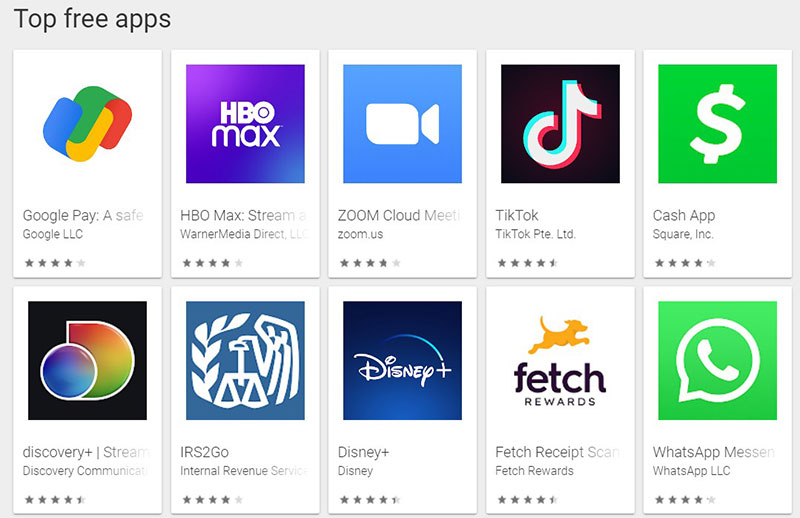
A pricing strategy is essentially how you make revenue from the application. Every idea has some sort of business model behind it, whether it’s freemium, subscription-based, or a one-time purchase model.
To start, focus might be on producing the minimum viable product. This allows the product to launch onto the market swiftly, tapping into dynamic pricing opportunities. However, having a well-thought-out and sturdy pricing strategy, like value-based pricing, before the launch is advisable. It will only pave the way for a more powerful and successful product.
Digital product pricing or mobile application pricing isn’t straightforward. App Store and Play Store teem with apps and mobile games, and their pricing models, such as volume pricing, continue to evolve.
Below is an analysis of mobile app pricing models, their pros and cons, including free, freemium, and bundle pricing strategies. First, we’ll provide essential information and insights to help when making a decision, such as considering the pricing elasticity and billing cycle.
The pricing strategy chosen for the app can significantly influence its success. It will determine the app’s position in the app store, its user engagement, and its potential revenue. This involves contemplating factors like churn rate and monthly active users (MAU).
External factors might encompass the market environment and evolving economic trends. It’s vital to assimilate all these factors when formulating your pricing optimization strategy.
Though this entails considerable effort and research, it ensures the application’s long-term profitability.
Before finalizing a strategy, it’s crucial to evaluate all possible app monetizing strategies like in-app purchases, pay-as-you-go, and ad-supported models.
The Four Types of Mobile App Pricing Strategies:
- Free (Ad-supported)
- Freemium (In-app purchases)
- Paid (One-time purchase)
- Paymium (Subscription-based)
A more detailed look at each of these strategies, and their impact on user-based pricing and conversion rates, follows.
Free
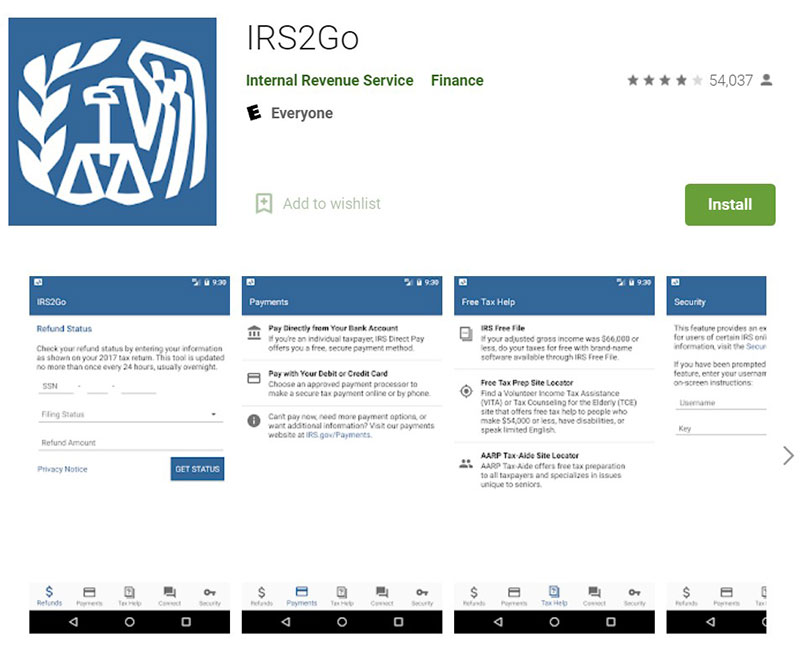
Everybody loves getting something for free. One of the most effective monetization strategies is offering an ad-supported mobile app to boost customer engagement and awareness. This is one way app monetization can be approached.
This is especially true when trying to attract a large number of monthly active users (MAU). Free apps, like those following the freemium model, are available for download from the App Store and Play Store, serving as a key user acquisition strategy. User acquisition agencies can also play a crucial role in attracting a large number of monthly active users (MAU) by employing various marketing strategies and tactics to promote the app and drive downloads, integrating affiliate marketing or other app pricing models when appropriate.
This means that their primary source of income comes from in-app advertisements, a form of dynamic pricing and a popular ad-supported model.
How Do Free Apps Make Money?
Free apps often serve as an extension of a company’s products or services, focusing on customer service or communication. They are also used for customer retention to keep existing customers and prevent churn rate, ensuring consistent average revenue per user (ARPU).
In other words, they act as a loyalty booster to keep customers buying, adopting strategies such as tiered pricing or value-based pricing for in-app features to maintain a stable ARPU.
There are two kinds of free application revenue models. The purpose and overall goals, such as customer lifetime value and various revenue streams, will dictate which model is most suitable.
The Two Types of Free App Pricing Models:
- Completely Free: This type of app usually acts as an add-on to an already established product or service. The overall goal of this app is not direct monetization but to direct users to other services of the business, like subscription-based services. Then, those services will generate revenue. For example, the app has coupons, a tiered pricing model, which drives customer engagement and leads to purchases.
- In-app advertisements: This type of free app generates revenue from ads. The income comes from advertisers who pay for advertising space on the app, a common ad-supported model in market segmentation.
With free apps, you can easily gain a lot of users quickly, a key consideration in B2C app development. However, maintaining this engagement is vital; otherwise, the app will solely rely on ads, which, in the long-term, can be a challenging model for revenue optimization.
Advantages
Apps that are completely free or follow a freemium model have a much higher chance of getting downloaded, which can significantly improve their position in the app store. They also offer great tools to generate revenue from advertisements, blending with affiliate marketing or upgrade fee systems. Successful free apps like Facebook and Instagram have effectively utilized this model.
Disadvantages
Having a large user base is essential for success. However, people generally dislike an app full of ads, making it crucial to understand consumer psychology and B2C pricing strategies to maximize profits.
Freemium
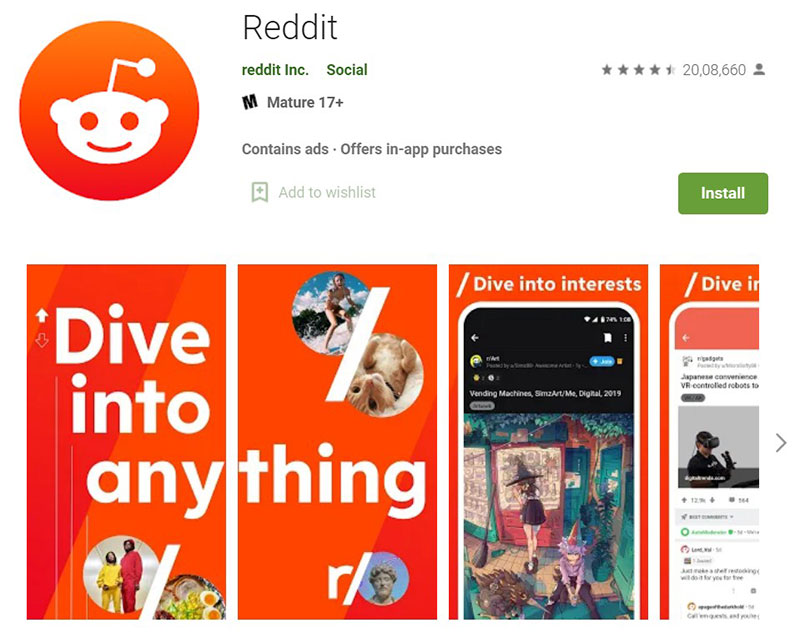
When it comes to B2C pricing strategies, specifically user-based pricing and acquiring a large user base, both Free and Freemium models excel. With the freemium model, the focus is on providing value-based, user-friendly features, and functionality in the world of app monetization.
Users are often willing to pay a subscription fee or an upgrade fee for something valuable, contributing to the app’s ROI and increasing the average revenue per user (ARPU). This is a key factor when considering pricing elasticity and billing cycle for your mobile application.
The Three Main Types of Freemium Apps:
- The app is free to download, but premium features, boosters (in games), or in-app currency come at a cost. This is most common in games and mirrors the in-app purchases model, a kind of app monetization.
- The app offers all its features for free but only for a limited time, integrating tiered pricing or value-based pricing models. After that, a fee is involved, making this a form of subscription-based monetization.
- The app is free but contains ads. Users have the option to pay a one-time fee or even a subscription fee to remove ads, sometimes following an ad-supported model.
When used well, freemium models, especially in B2C app development, are an outstanding marketing scheme, especially for gaming apps. This is because players can start at a basic level for free and pay to level up, a clear example of dynamic pricing in action and a way to optimize revenue streams.
Advantages
With proper development and taking into account factors like consumer psychology and market segmentation, freemium apps can attract a large number of users and be a big source of income. These apps can also significantly boost customer lifetime value and ARPU.
Disadvantages
Notifications for upgrades, utilizing the affiliate marketing approach or in-app purchases, must be timed and positioned appropriately. An ill-timed notification may reduce conversion rates, possibly causing the user to delete the app, thereby reducing the number of users and potential revenue streams.
Sending upgrade notifications, with the aim to increase average revenue per user (ARPU), is a balancing act and must be methodical and carefully planned to ensure long-term profitability and effective app monetization.
Paid
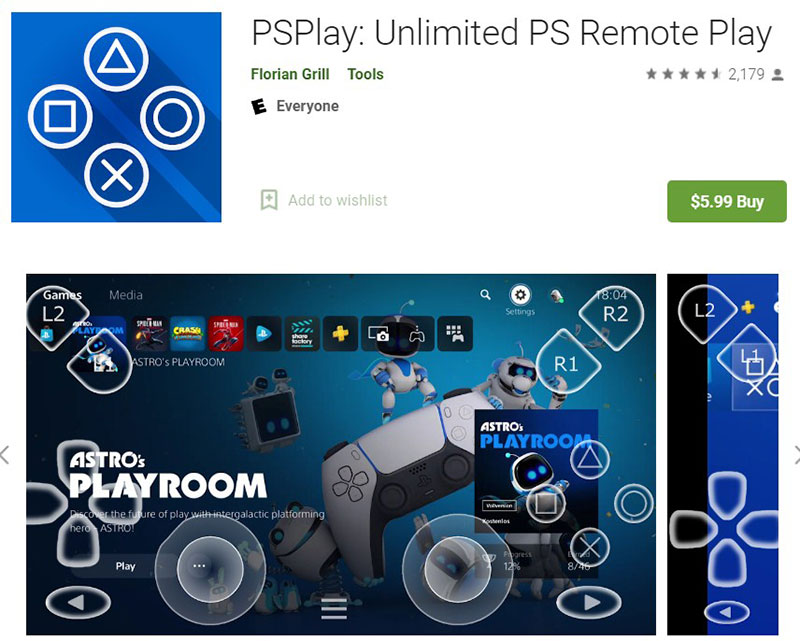
In the realm of B2C app development and mobile ecosystems, paid apps occupy a unique space, distinct from ad-supported models or other app monetization strategies. As the name reveals, for a paid app, users must first make a financial investment, often affected by pricing elasticity, to download the app. Given that free and freemium apps are ubiquitous and user-friendly, the paid model often appears less effective to potential customers.
Nevertheless, the paid app model has gained significant popularity over the past few years. It’s become a go-to strategy for subscription-based digital services, which has seen considerable growth in the context of B2C pricing strategies.
Well-known brands like Netflix, Disney+, Hulu, and Amazon Prime, for example, fall under this subscription-based model. They offer a comprehensive user experience in exchange for a subscription fee. Payments for these subscriptions, as part of billing cycle considerations, may be processed monthly or yearly, offering different intervals to cater to customer preferences.
By paying, users can unlock the full potential of the app, gaining access to all premium features bundled in the subscription package. When customers have clear visibility into what they’re investing in, they tend to be more open to making a purchase. Thus, affiliate marketing and targeted marketing strategies become pivotal in acquiring a broader customer base for paid apps.
A compelling marketing campaign, tapping into consumer psychology, is essential to divert consumers from free alternatives. More than a mere description on the App Store or Google Play, potential customers must understand the unique value proposition and value-based pricing of your app.
This pricing model is highly effective for well-established brands with a loyal customer base. To entice potential subscribers and increase average revenue per user (ARPU), a free trial strategy is often deployed for a limited period. This ‘try before you buy’ approach allows more hesitant users to experience the app’s functionalities.
Advantages
Paid apps typically offer first-class features and a higher level of functionality, thereby justifying the initial payment. Revenue streams from these apps are predictable as they rely on subscription fees, not ad-revenue or user engagement metrics like MAU.
Offering a limited free trial, while considering market segmentation, enables customers to understand the value-for-money aspect, which in turn facilitates long-term commitment. High customer loyalty rates and positive reviews encourage others to make the purchase, creating a snowball effect, and optimizing the app monetization process.
Disadvantages
However, there are also pitfalls to consider. Advertising and user acquisition for paid apps must be laser-focused and result-oriented. Failing to attract a critical mass of users could result in a suboptimal ROI (Return on Investment).
Users who are not willing to pay the subscription fees, possibly due to not seeing the value-based pricing benefits, will likely abstain from using the app, affecting its growth prospects. Moreover, offering top-notch features and a seamless user experience usually incurs high development costs and necessitates a prolonged development cycle, affecting the revenue streams.
Overall, opting for a paid app model is a substantial investment that demands meticulous planning and understanding of consumer psychology. Users are likely to have elevated expectations, further increasing the stakes and the importance of offering a solid value proposition.
Paymium
The Paymium pricing strategy is an innovative fusion of the paid and freemium models, offering a unique approach to B2C app development and mobile app monetization.
For this dual-layer app pricing model, a user must initially make a financial investment, affected by pricing elasticity, to download the app. Afterward, they’re required to pay a subscription fee, as part of the subscription-based approach, to access additional functionalities and premium features, contributing to multiple revenue streams and influencing average revenue per user (ARPU).
This contemporary pricing model has found particular resonance with navigation apps, music apps, and social networking apps, and its value-based pricing has proven effective in certain sectors.
As with the paid model, the paymium strategy relies heavily on offering a distinct value proposition, understanding consumer psychology, and aligning with B2C pricing strategies. This is key to enticing potential users to not just download but also subscribe to the app’s features.
When executed with a robust affiliate marketing plan, this product pricing strategy holds great potential for generating significant profits and a consistent revenue stream, especially in the realm of B2C pricing strategies.
For an app to succeed within the paymium framework, it needs to meet high-quality standards in content, design, and functionality. Everything from user interface to user experience must be impeccable to justify both the initial cost and the subsequent subscription fees, further emphasizing the importance of app monetization.
Understanding the market dynamics and consumer behavior of your target audience is vital. With potential competitors offering free or ad-supported models, excessive market competition could impede profitability and hinder the generation of recurring revenue.
Price elasticity should not be overlooked; while perceived value is crucial, the actual price tag, as influenced by dynamic pricing, can significantly influence the user’s purchasing decision. The app should, therefore, offer something of unique value in addition to its advanced features.
Advantages
Apps that adopt this pricing model offer standout features and premium functionalities, thus justifying the multiple payment layers. This revenue model promises both immediate and consecutive payments, effectively fostering a committed and loyal user base, thereby optimizing app monetization efforts.
Disadvantages
The paymium strategy involves a higher total cost of ownership for the user, which could deter downloads and limit its reach. As such, this isn’t the most conducive pricing strategy for apps seeking widespread publicity and maximum user engagement.
For the paymium model to be effective, the app must be a market leader in its niche, capable of convincing users that the added expense is commensurate with the value provided, leveraging the principles of value-based pricing. The app must meet or exceed user expectations in terms of functionality and perceived value based on the price point.
Which Pricing Strategy to Choose for Mobile App Monetization
Now comes the challenging part: decision-making in the B2C app development landscape.
As previously discussed, there are diverse routes to enter and generate profits in the app market. Various revenue models and pricing strategies, governed by principles of pricing elasticity and dynamic pricing, can significantly impact your app’s financial performance.
So, what is the optimal approach to not only improve but also validate your app’s market fit? Which B2C pricing strategy aligns best with your goals?
Mobile apps, like any other commodity, adhere to the economic principles of supply and demand, influenced by consumer psychology. Thus, consider your app akin to a tangible product when setting its price within the realm of B2C pricing strategies.
The ideal price point correlates directly with what consumers are willing to pay, encapsulating the perceived value of the application. It’s crucial to align your pricing strategy with the competitive market demand and understand the average revenue per user (ARPU) implications.
A/B Testing for Optimal Price Discovery
One highly effective method for price discovery is A/B testing different price points and gauging how your potential user base responds, further emphasizing the importance of app monetization.
Determining the pricing of an app involves not just assessing its intrinsic value but also deciphering the maximum amount a user is willing to pay for it, accounting for price elasticity. Thus, customer perceived value serves as a critical metric in this equation, affecting B2C pricing strategies.
Mobile apps offer the advantage of being stable revenue streams, facilitating recurring revenue. Hence, it may be beneficial to pilot multiple pricing strategies initially to identify the most lucrative one. Keep in mind that upward price adjustments may alienate your existing user base, so starting high and potentially lowering prices is often the safer route. Alternatively, offering a free app with in-app purchases or additional ad-supported models can also be an effective revenue model.
Market Research for Competitive Pricing Strategy
Competitive benchmarking, crucial for affiliate marketing and understanding consumer behavior, is a vital aspect of business strategy. Strangely enough, groundbreaking pricing models are seldom seen in the market, even when factoring in value-based pricing.
Therefore, market research to understand what your competitors are doing in terms of pricing, especially in the subscription-based sphere, is invaluable.
For instance, if rival apps predominantly employ free or freemium pricing strategies, opting for a paymium model may be counterproductive.
Bear in mind that there is no one-size-fits-all pricing strategy; customization is key. Consider your app’s unique value proposition, the cost of development, and desired ROI (Return on Investment) when devising your pricing model within the realm of B2C pricing strategies.
User-Perceived Value Should Exceed the Price Point

In essence, product pricing in the B2C app development space is less about production costs and more about consumer psychology and price elasticity. When potential users evaluate an app, driven by consumer behavior, they instinctively seek maximum utility for the minimum financial outlay.
Putting a price tag on an app implicitly elevates its perceived value. As a result, user expectations for the app’s quality, user experience, and functionality, especially in a dynamic pricing environment, will be substantially higher.
If a user invests even a nominal sum like $2.99 into an app, they will anticipate an exceptional user interface, regular updates, and bug-free performance, factoring into B2C pricing strategies.
Hence, the perceived value derived from the app’s features and functionality should exceed the price point to ensure customer satisfaction. Users will be more inclined to invest in the app if they perceive the value-to-cost ratio, affected by pricing elasticity, to be favorable.
Construct a User-Centric Product to Meet Market Demand
When developing mobile apps, focus on building products for a specific audience or a designated purpose. This ensures that your app will meet particular needs or wants, fulfilling market demand and user expectations within the scope of B2C pricing strategies.
If the app lacks a well-defined goal or unique value proposition, governed by value-based pricing, its likelihood of success diminishes significantly.
High-demand products naturally find it easier to justify their price tags, accounting for average revenue per user (ARPU) implications. Endeavor to offer functionalities that augment customer satisfaction and enhance their journey with the app, making it a unique and engaging experience within B2C app development.
By closely examining the development cost, you can better inform your B2C pricing strategy. Factors like intrinsic product value, ROI (Return on Investment), and actual development expenses should be taken into account. Maintenance and regular updates, offering enhanced functions and features with a focus on app monetization, are also considerable factors affecting long-term profitability.
Being attuned to current market trends and consumer psychology is critical when you’re aiming to provide customers with the newest, most relevant features in line with B2C pricing strategies.
Heightened User Expectations for Paid Mobile Apps
Determine the price of the app with user-base requirements in mind, focusing on app monetization principles. If the app’s effectiveness relies on a large number of active users, launching it as a free version with potential in-app purchases can be strategic to generate the required network effect.
For apps that aren’t user-number dependent within the B2C app development framework, the initial B2C pricing strategy can be more flexible. However, beware that introducing additional costs later may deter future downloads.
Users investing in paid apps will naturally expect higher value in terms of features, user experience, and overall functionality. Importantly, they are unlikely to be willing to pay extra for subsequent updates or additional features, impacting your recurring revenue streams.
Strategic Pricing Through Market Demand Analysis
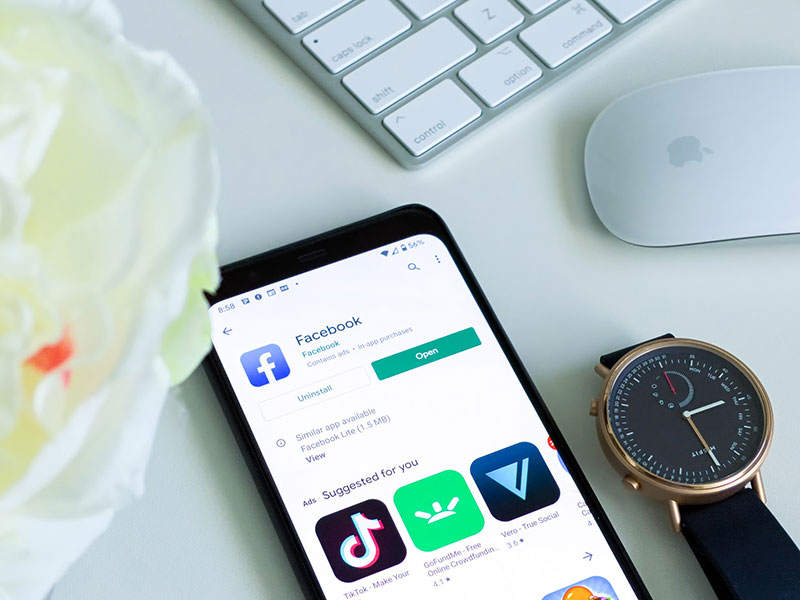
Adopting market-based pricing can guide you to a profitable position by considering competitive market demand. Thorough market research to understand competition and user preferences within B2C app development will open up various market opportunities.
Such an approach also illuminates the deficiencies in competitors’ offerings, enabling you to set an optimal price point for your mobile application, keeping in mind B2C pricing strategies.
Understanding the audience’s wants and perceived value within the realm of consumer behavior is essential for selecting the most suitable B2C pricing strategy. If your aim is to attract a broader or more diverse user base, a free or freemium pricing strategy, focusing on app monetization, might be the most effective.
User-Friendly Pricing to Maximize Customer Loyalty
In mobile app development, your pricing strategy should be designed to yield reasonable profits while fostering customer loyalty, aligning with B2C pricing strategies. Both these elements should be deliberated upon before initiating the development process within the B2C app development space.
The app’s price should be affordable, catering to the financial capacities of your potential user base. Conducting market research will aid in determining a reasonable price range that aligns with consumer expectations and competitive market demand, factoring in price elasticity.
Given that customers typically compare options before committing, influenced by consumer psychology, your app should offer the best features and highest worth within its category, ensuring its position in B2C pricing strategies to stand out as the best choice.
FAQs about Mobile App Monetization and B2C Pricing Strategies
1. What are the most prevalent pricing models for mobile apps?
Mobile apps often employ various pricing strategies like the free, freemium, premium, subscription-based, and in-app purchase models to capture market demand, taking into account average revenue per user (ARPU) implications.
Free apps usually generate revenue streams through advertisements or sponsorships, while freemium models offer basic functionalities for free and charge for premium services.
2. How do app developers assess the optimal pricing point for their app?
To set a competitive market demand-based price, developers need to consider multiple factors including target audience, app category, market competition, and development costs within the B2C app development framework.
User feedback and the perceived value of the app should also be evaluated to determine the best price point, considering value-based pricing and consumer psychology.
3. One-time fee vs. Subscription-based pricing: Which is better?
The choice between a one-time fee and a subscription-based model should align with the app’s features and functionalities in line with B2C pricing strategies.
Apps offering a singular service or product usually opt for a one-time fee, whereas apps providing continuous services or content should consider subscription-based pricing to maximize recurring revenue streams.
4. How do free apps maintain profitability?
Free apps typically rely on advertisements, sponsorships, and collaborations for revenue generation, ensuring optimal app monetization.
Additionally, they may offer in-app purchases or a premium version to enhance user experience and add extra functionality for a fee.
5. What constitutes in-app purchases, and how do they operate?
In-app purchases, critical to B2C app development, allow users to unlock extra features or content, thus enhancing the app’s overall functionality.
These can be categorized into one-time transactions, subscriptions, or consumable purchases, each adding a different dimension to the user experience within B2C pricing strategies.
6. Is it possible for apps to offer both free and premium versions within B2C app development?
Yes, many apps employ a dual strategy offering both free and premium versions to cater to different user expectations in line with B2C pricing strategies.
The paid version usually offers expanded features or content, thereby generating revenue from customers willing to pay for a more comprehensive experience, echoing the principles of consumer psychology.
7. How are the prices for in-app purchases determined in the context of B2C pricing strategies?
Developers set the price of in-app purchases based on the perceived value and intrinsic worth of the app and its features, a tactic stemming from value-based pricing.
Competitive market research and user reviews also inform these pricing decisions to ensure they are both competitive and sensible, keeping in mind price elasticity.
8. Free Trial or Limited Free Version: Which is advisable given consumer behavior trends?
The choice depends on the app’s complexity and the intended audience within the B2C app development framework. Apps with complex services that require an extended evaluation are better suited for free trials, while simpler apps targeting a broad audience may offer a limited free version, maximizing app monetization potential.
9. Do pricing strategies differ between iOS and Android platforms in terms of B2C pricing strategies?
While payment mechanisms and revenue-sharing agreements may vary, pricing strategies for iOS and Android are mostly similar in the context of B2C app development.
Google allows more payment flexibility and takes a 15–30% revenue share, whereas Apple mandates its payment system and retains a 30% cut from in-app sales, affecting recurring revenue streams.
10. Are there established best practices for app pricing within B2C pricing strategies?
Developers should conduct thorough market research, consider user input, and ensure their pricing aligns with the perceived value of the app, following value-based pricing models.
Employing various pricing models, such as a blend of free and paid versions, can attract a larger audience. Periodic price evaluations, keeping consumer psychology in mind, are essential to stay competitive in the rapidly evolving app market.
Concluding Insights on Optimal App Pricing Models for Sustainable Profitability in the World of B2C App Development
Creating a pricing strategy for mobile apps involves intricate planning to ensure sustainable profitability and high levels of recurring revenue. A well-thought-out marketing plan, integrated with B2C pricing strategies, coupled with a sound pricing model can yield immediate profits and ensure customer loyalty.
In-depth analysis of product value, market trends, buyer psychology, and user behavior forms the foundation of any successful pricing strategy in line with B2C app development. These elements, when aptly combined, create a mobile application that not only convinces users to make a purchase but also to continue engagement, maximizing average revenue per user (ARPU).
The chosen pricing strategy should meet market expectations and business objectives, enabling customers to perceive the true value of the app, aligning with consumer behavior and B2C pricing strategies.
If you enjoyed reading this article on app pricing models, you should check out this one about app metrics.
We also wrote about a few related subjects like app business plan, product improvement, the most expensive App Store apps and IT companies in Serbia.
- What Are Third-Party Cookies and How They Work - April 20, 2024
- How Do Websites Detect Adblock? It’s Quite Simple, Actually - April 14, 2024
- Financial Software Development Companies You Should Know - April 11, 2024

